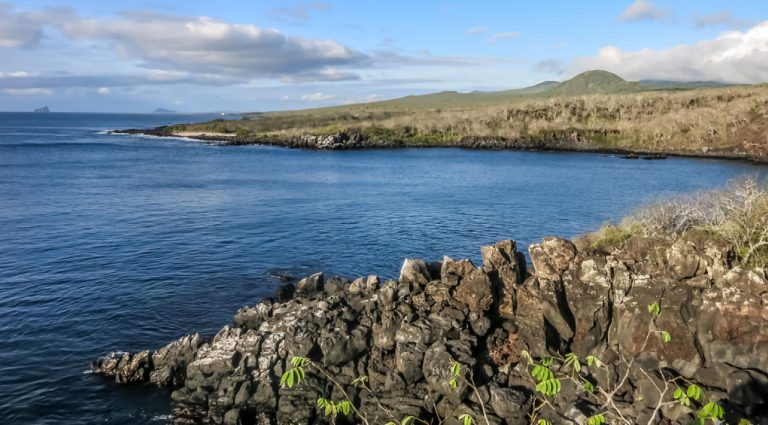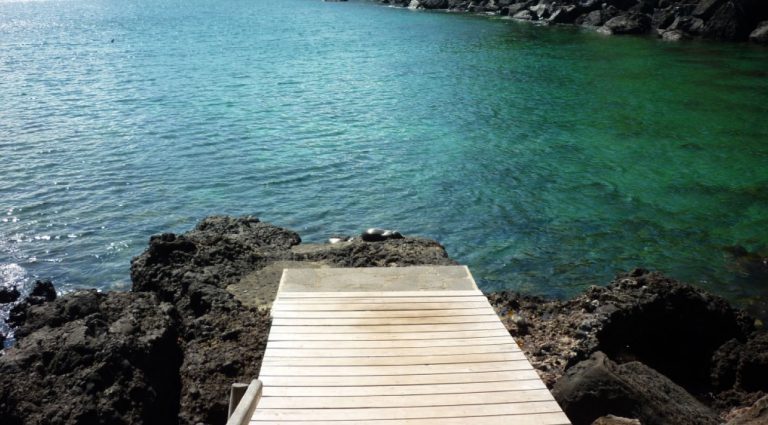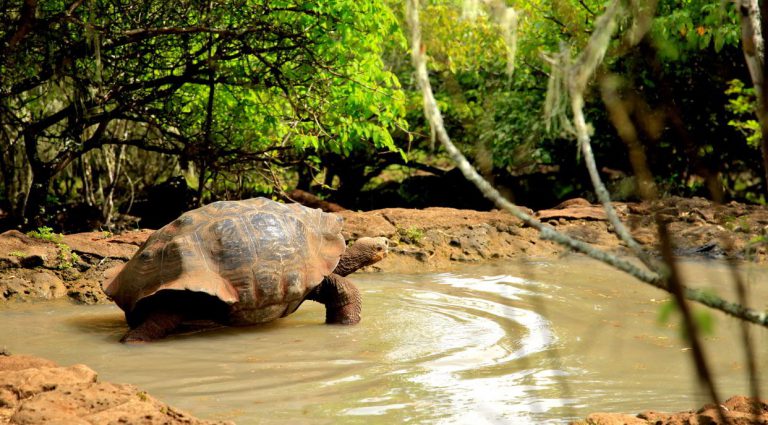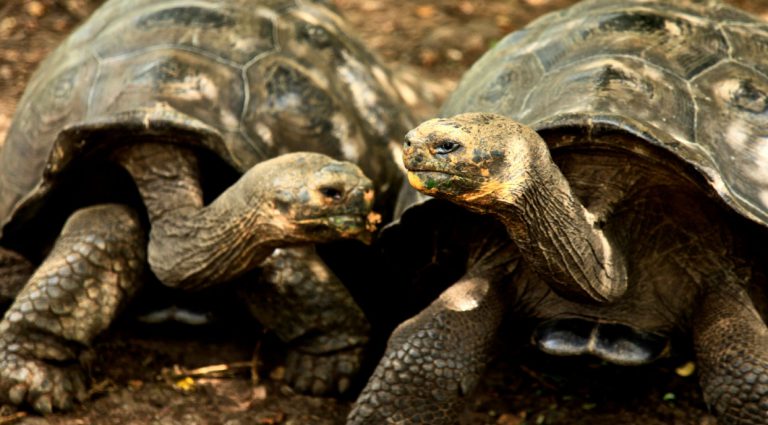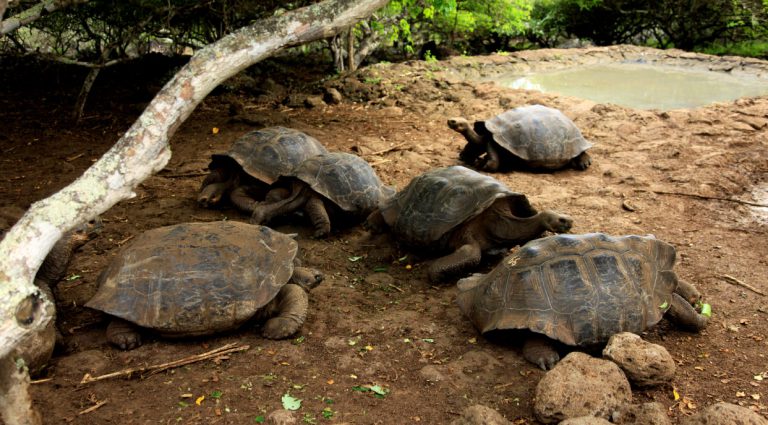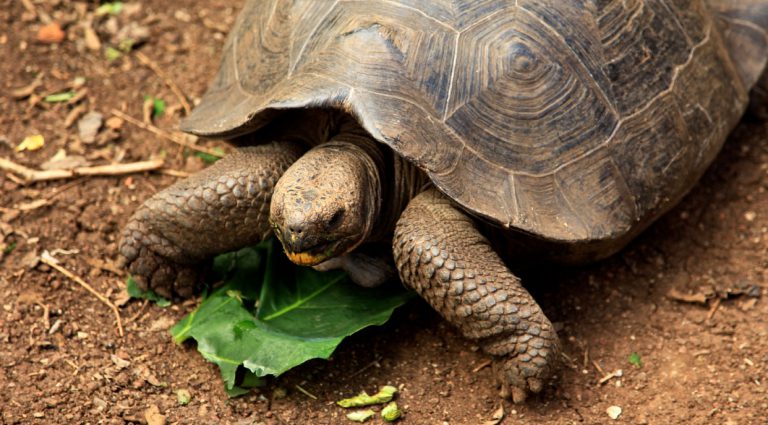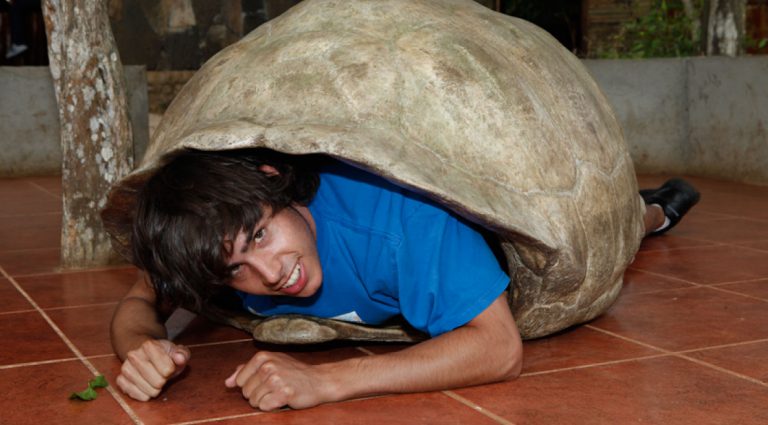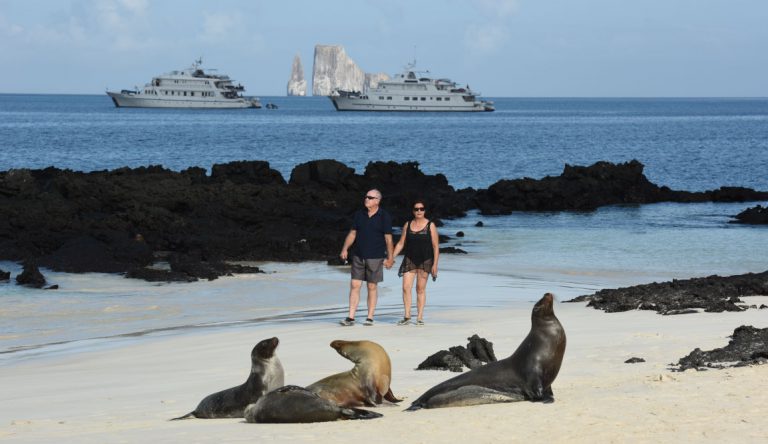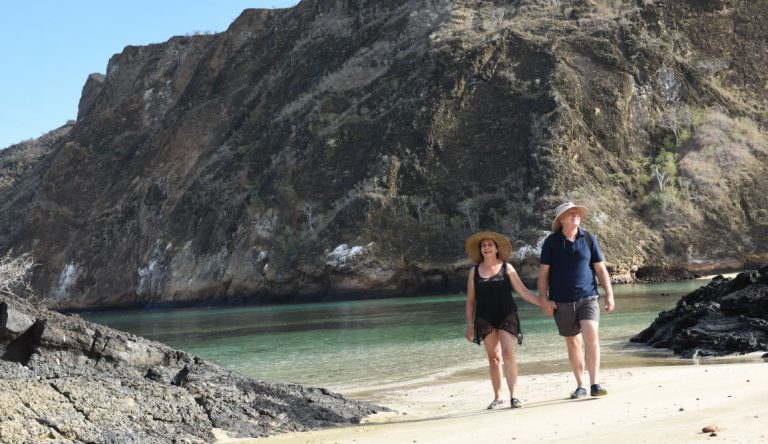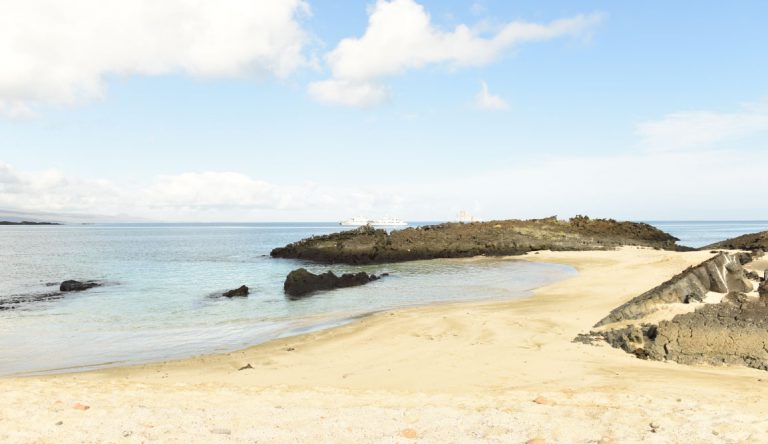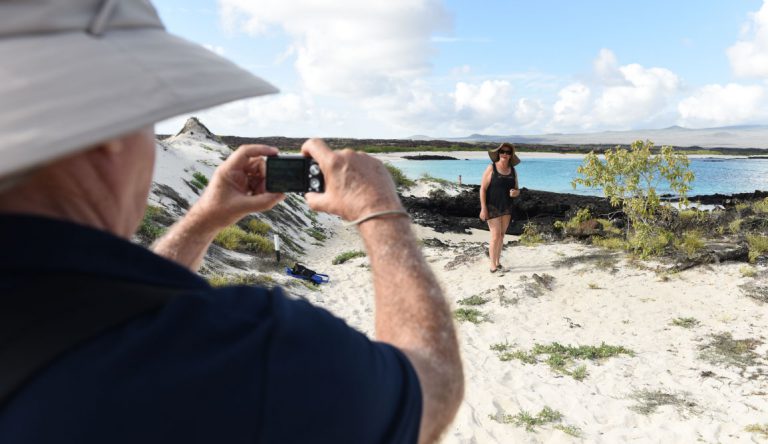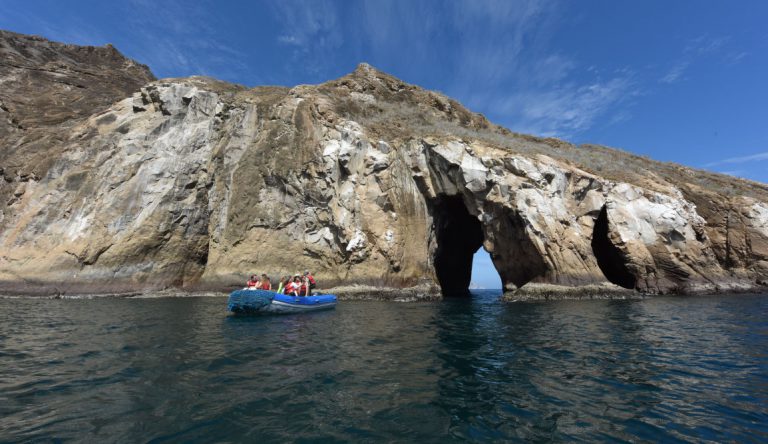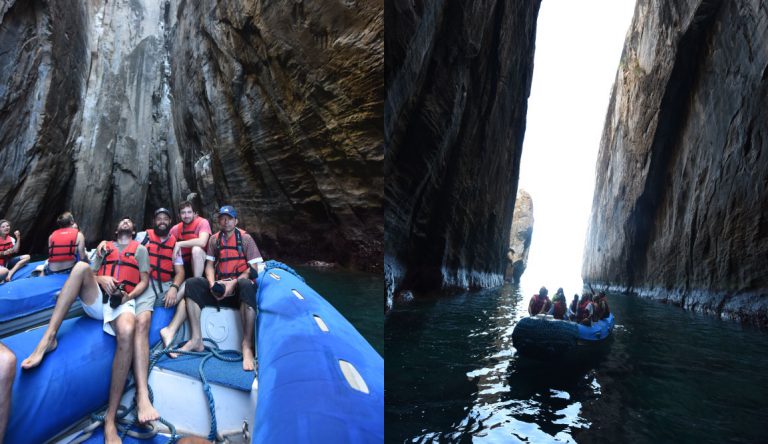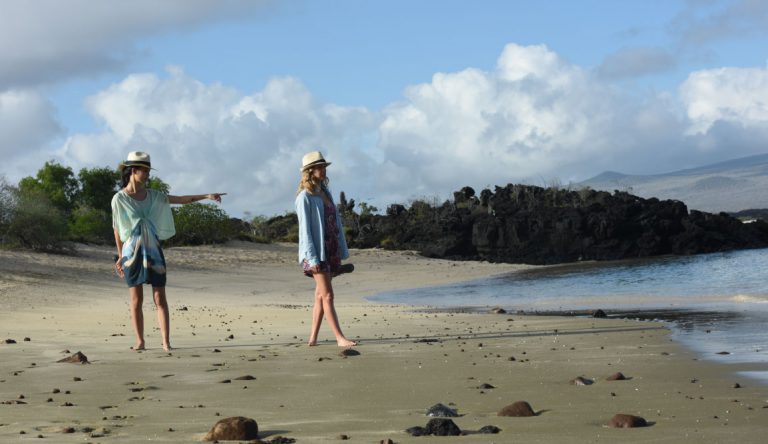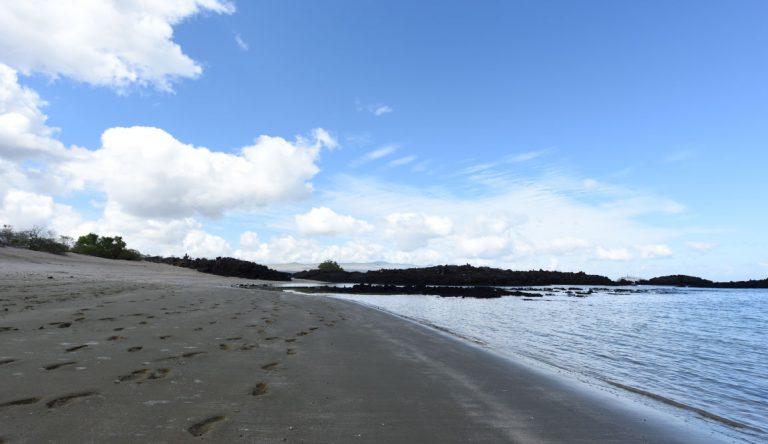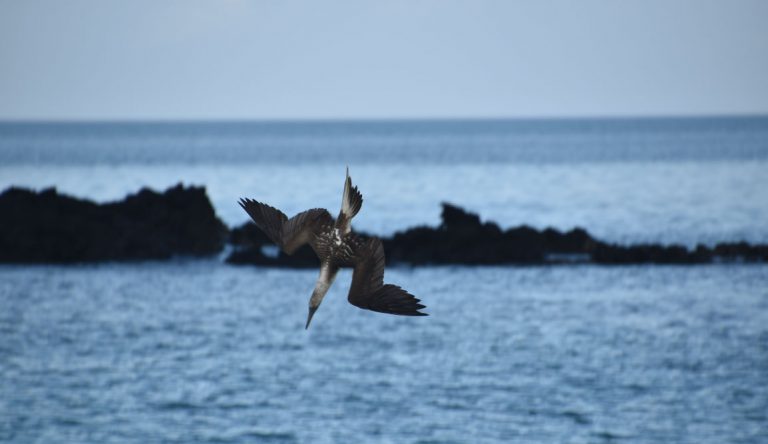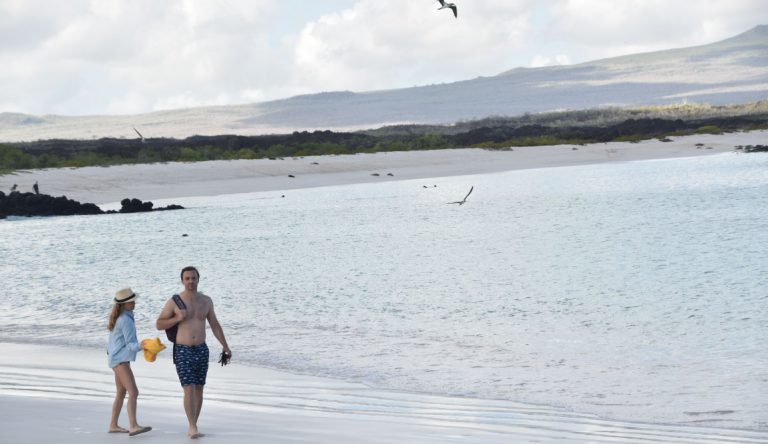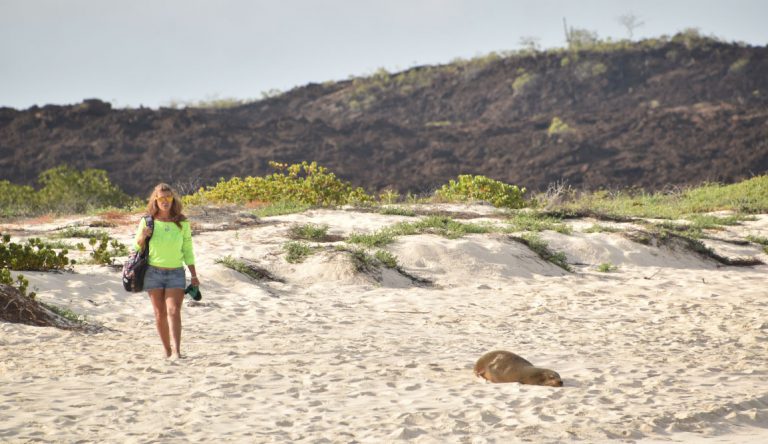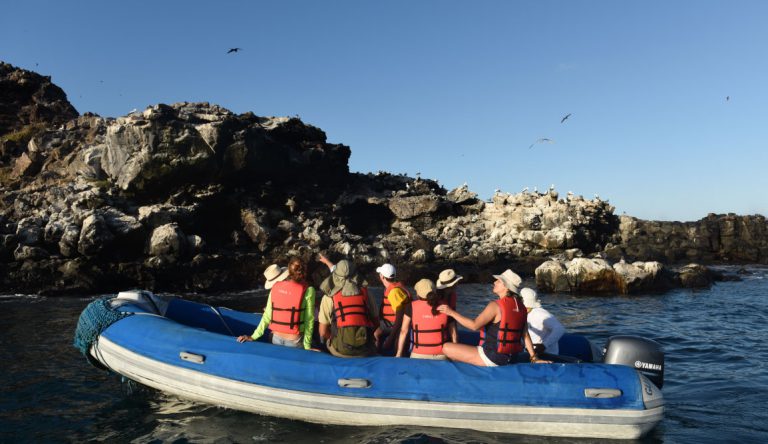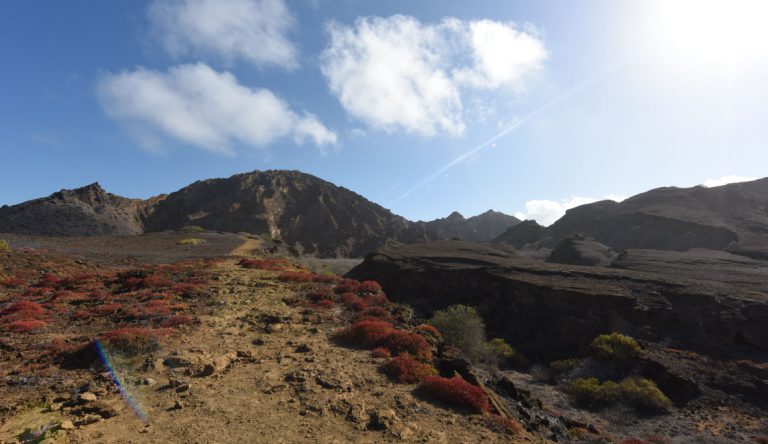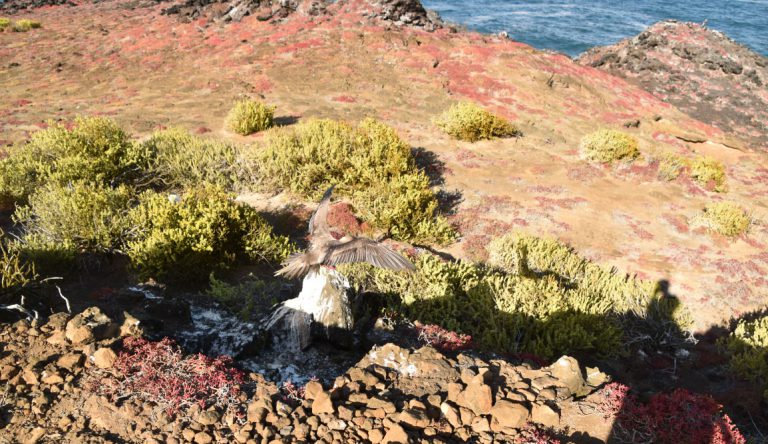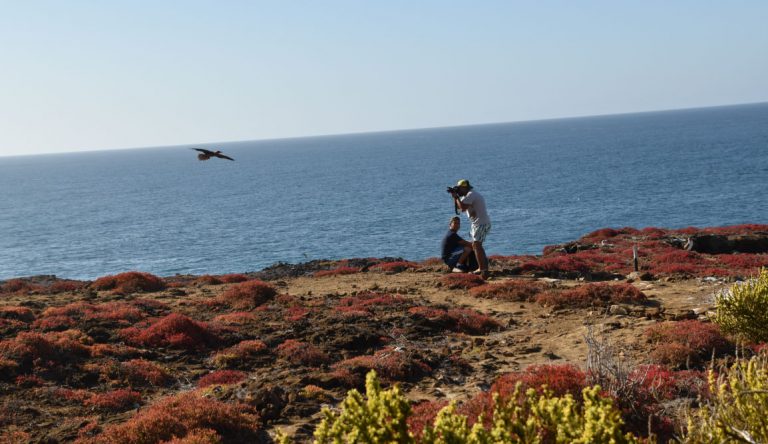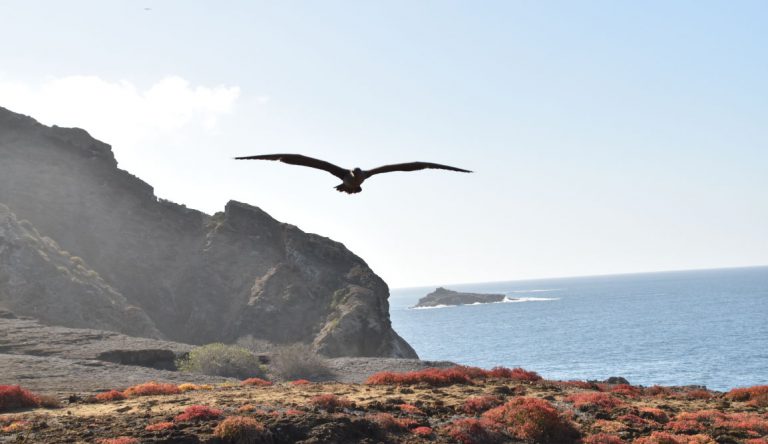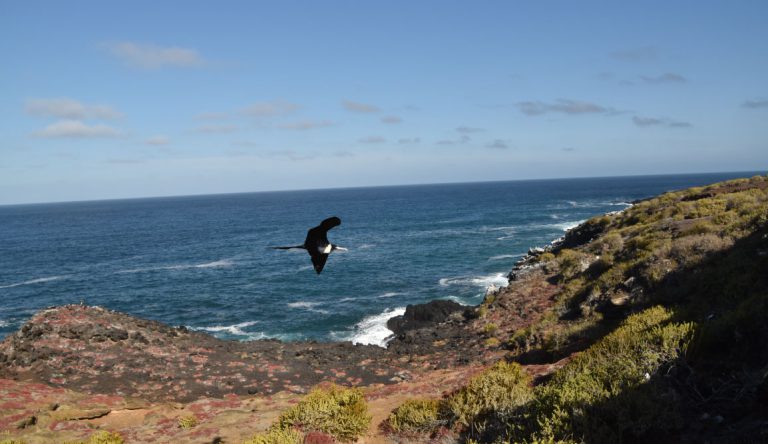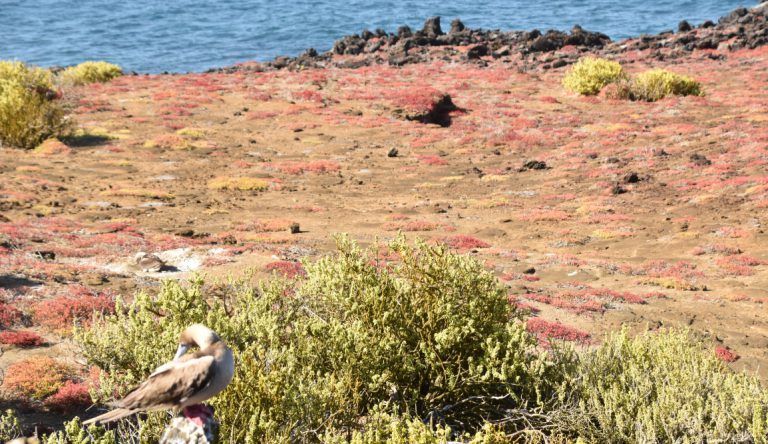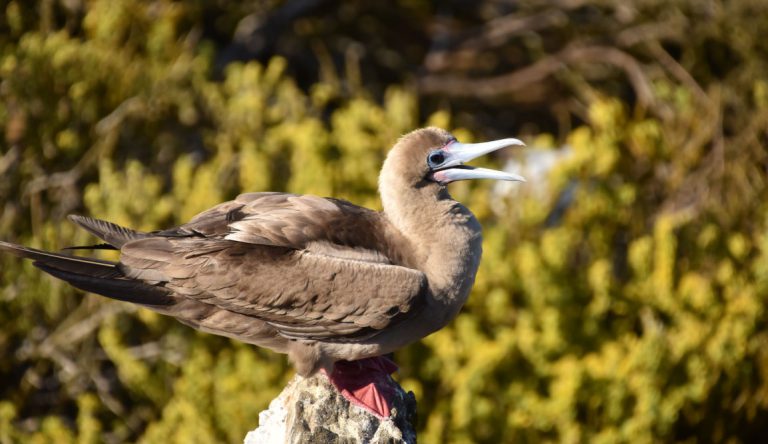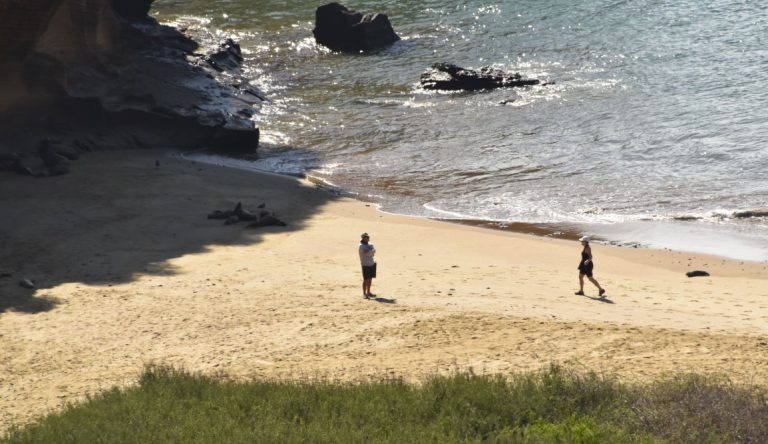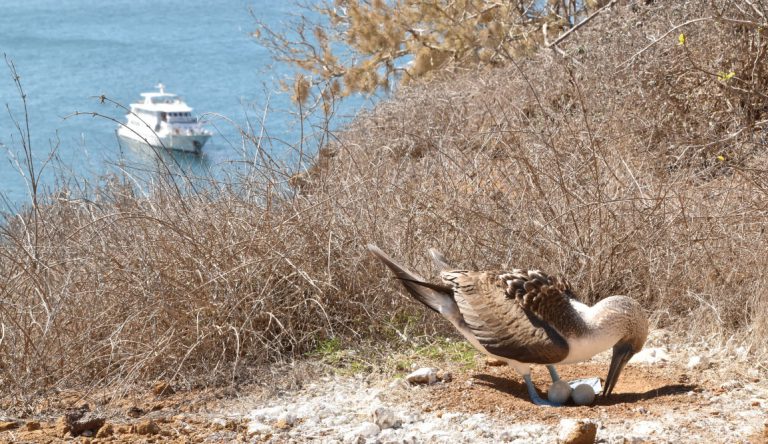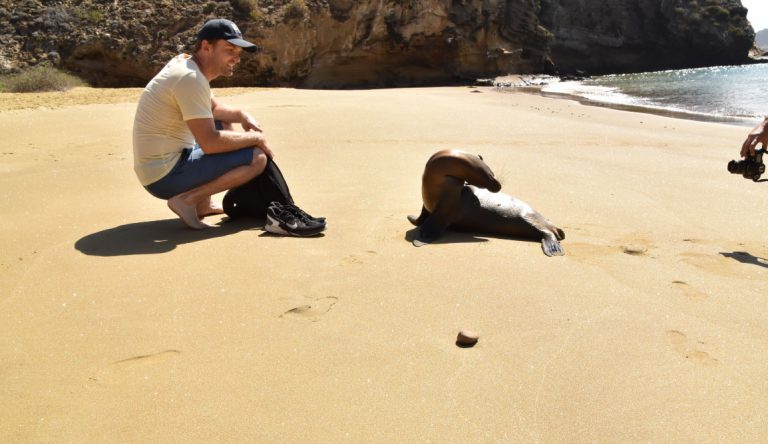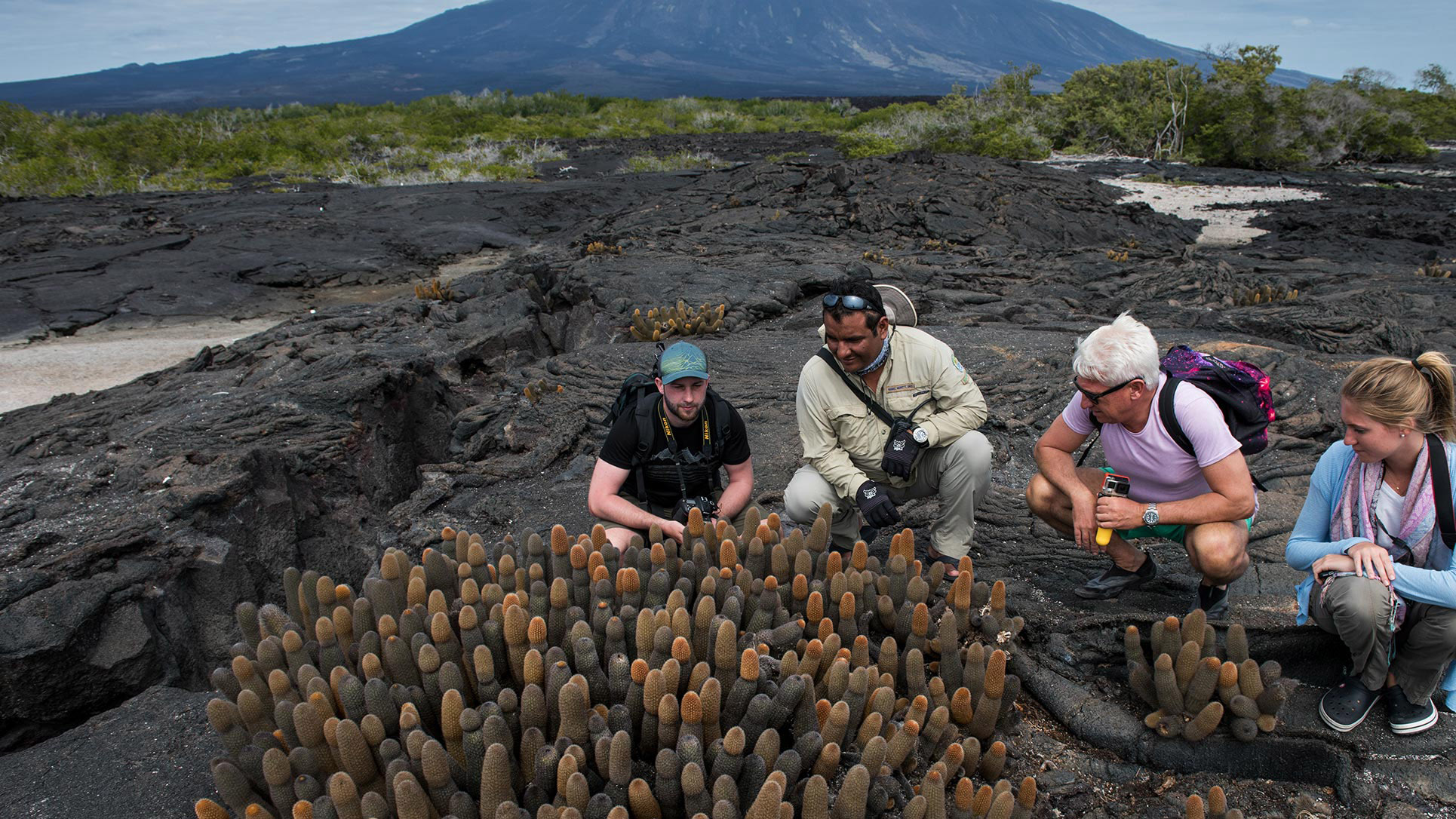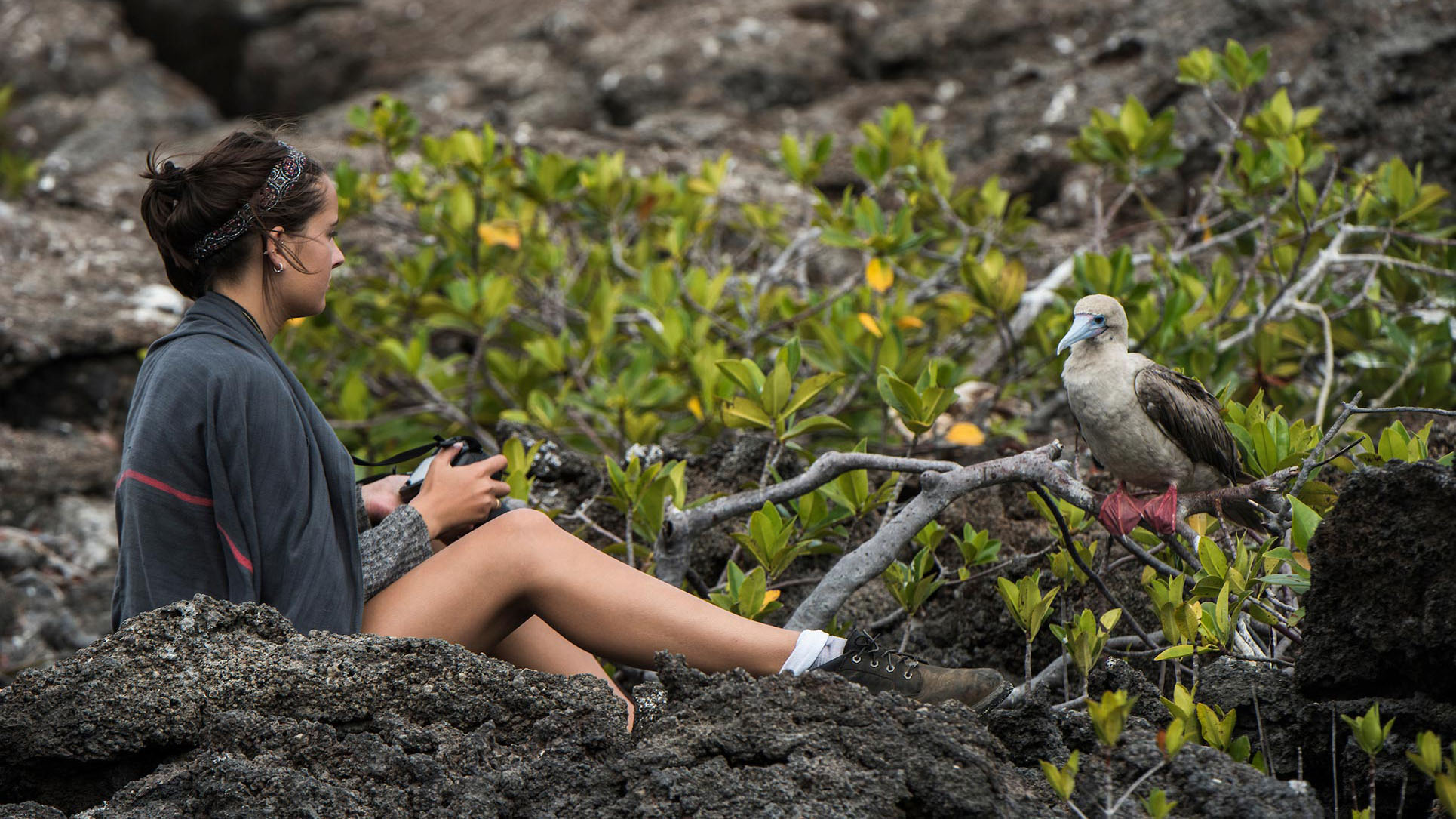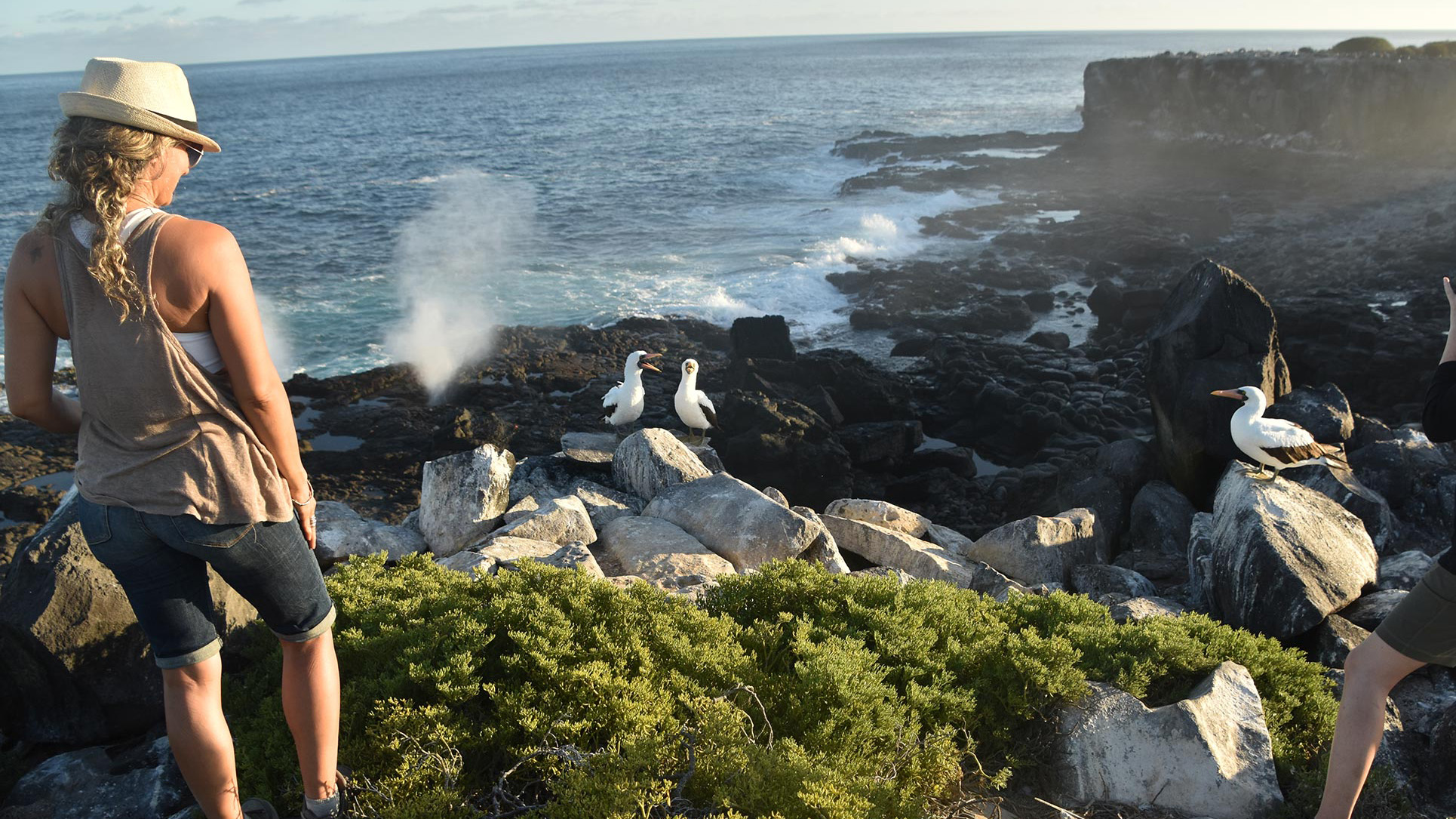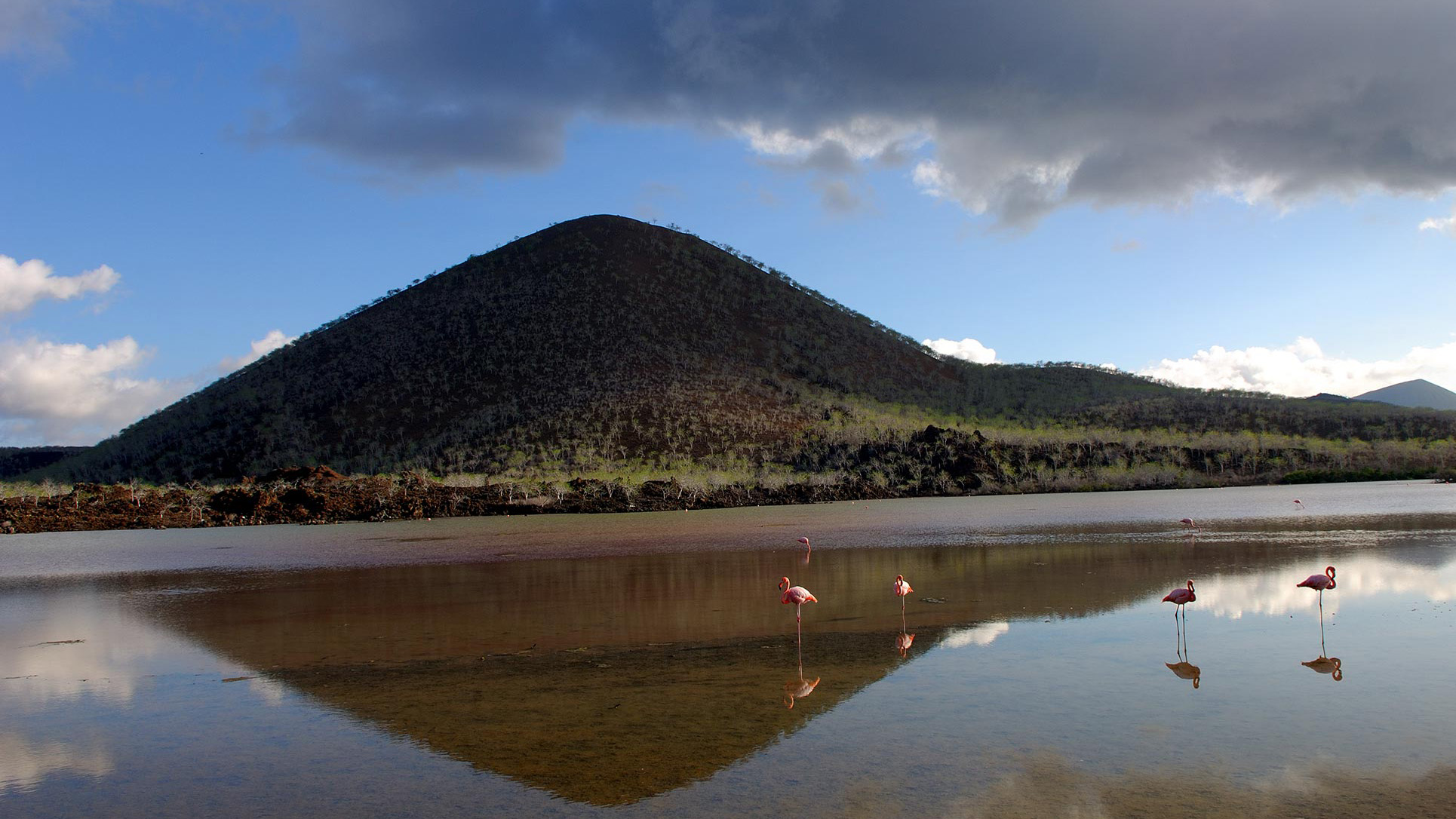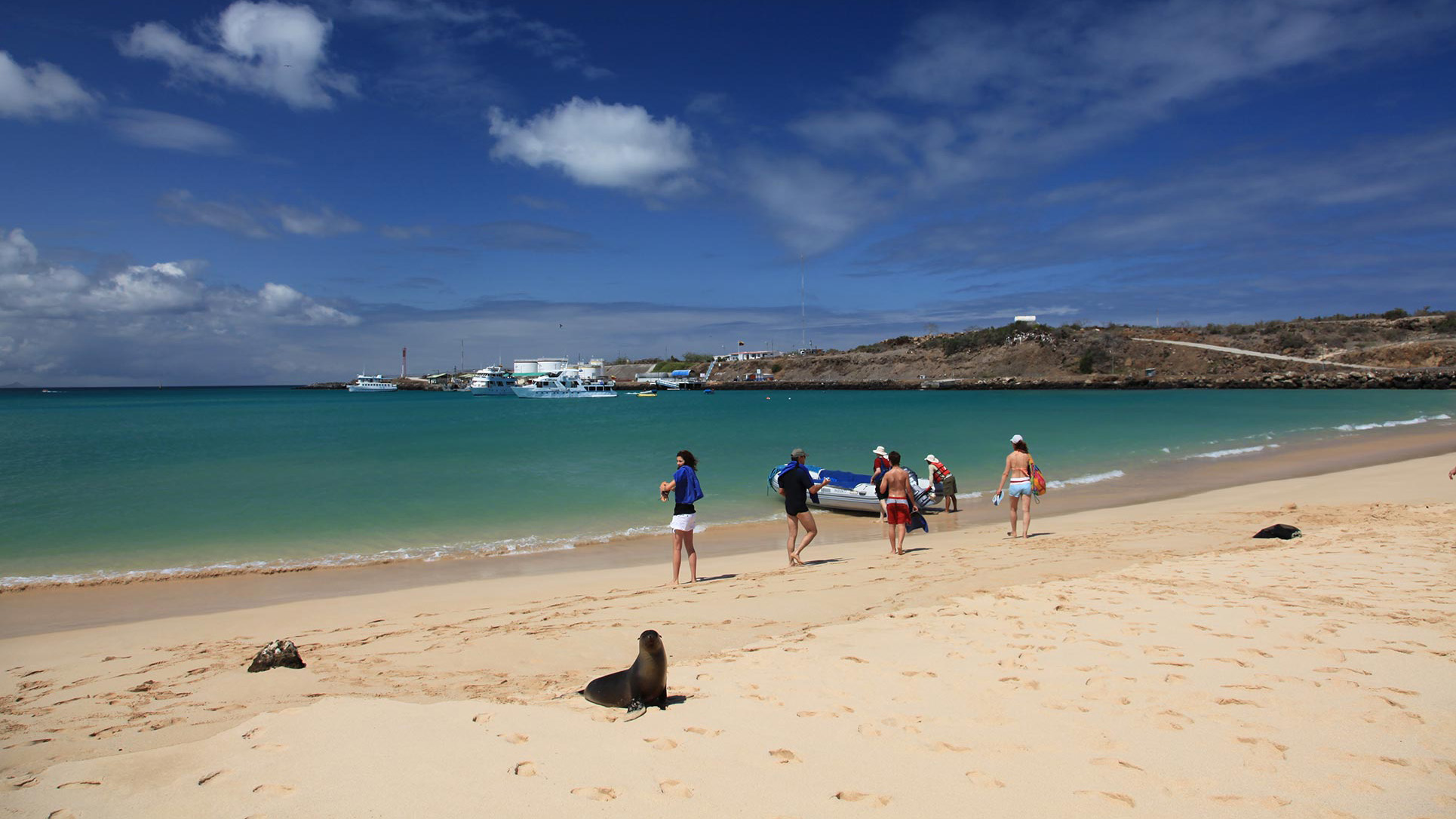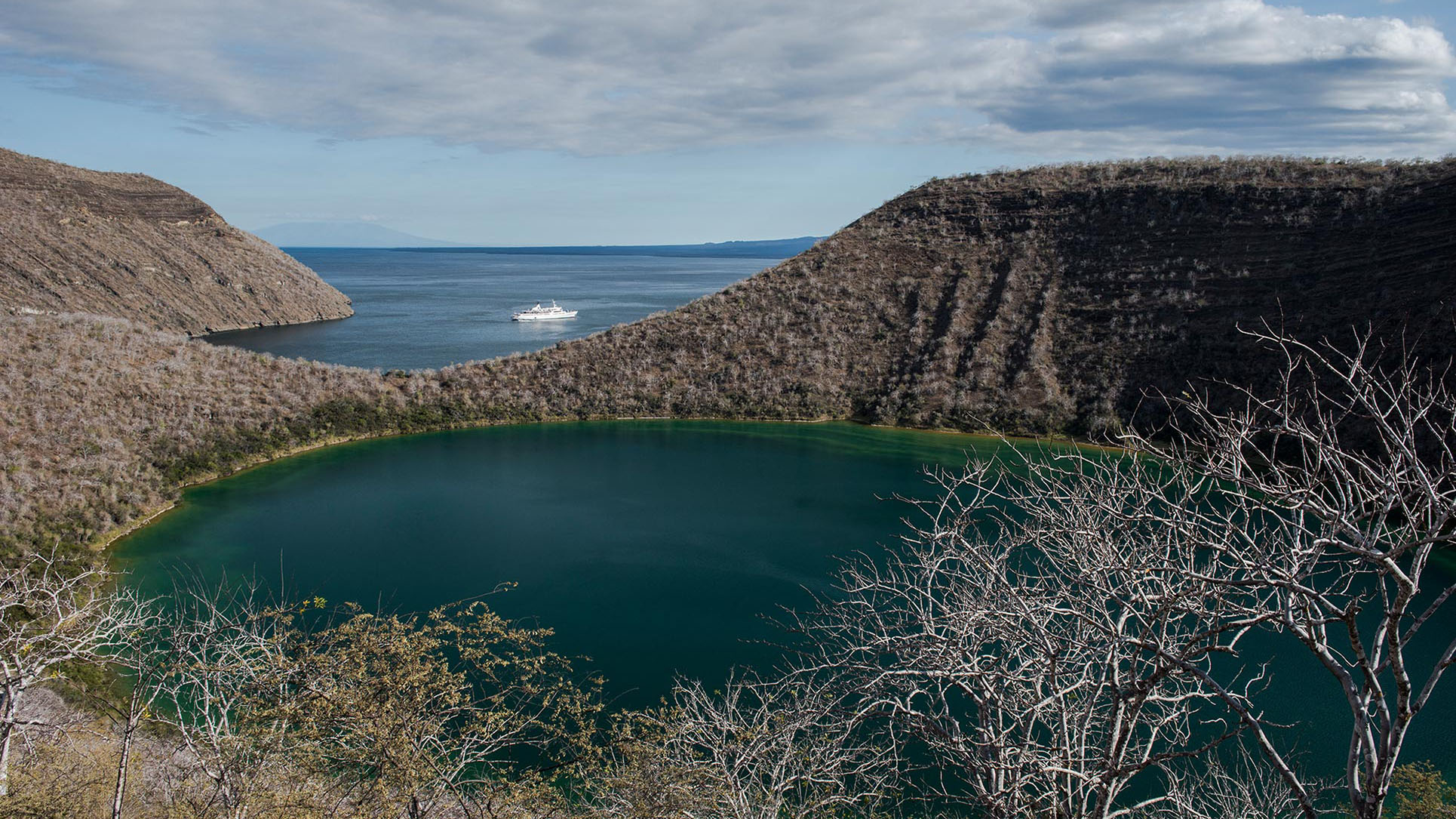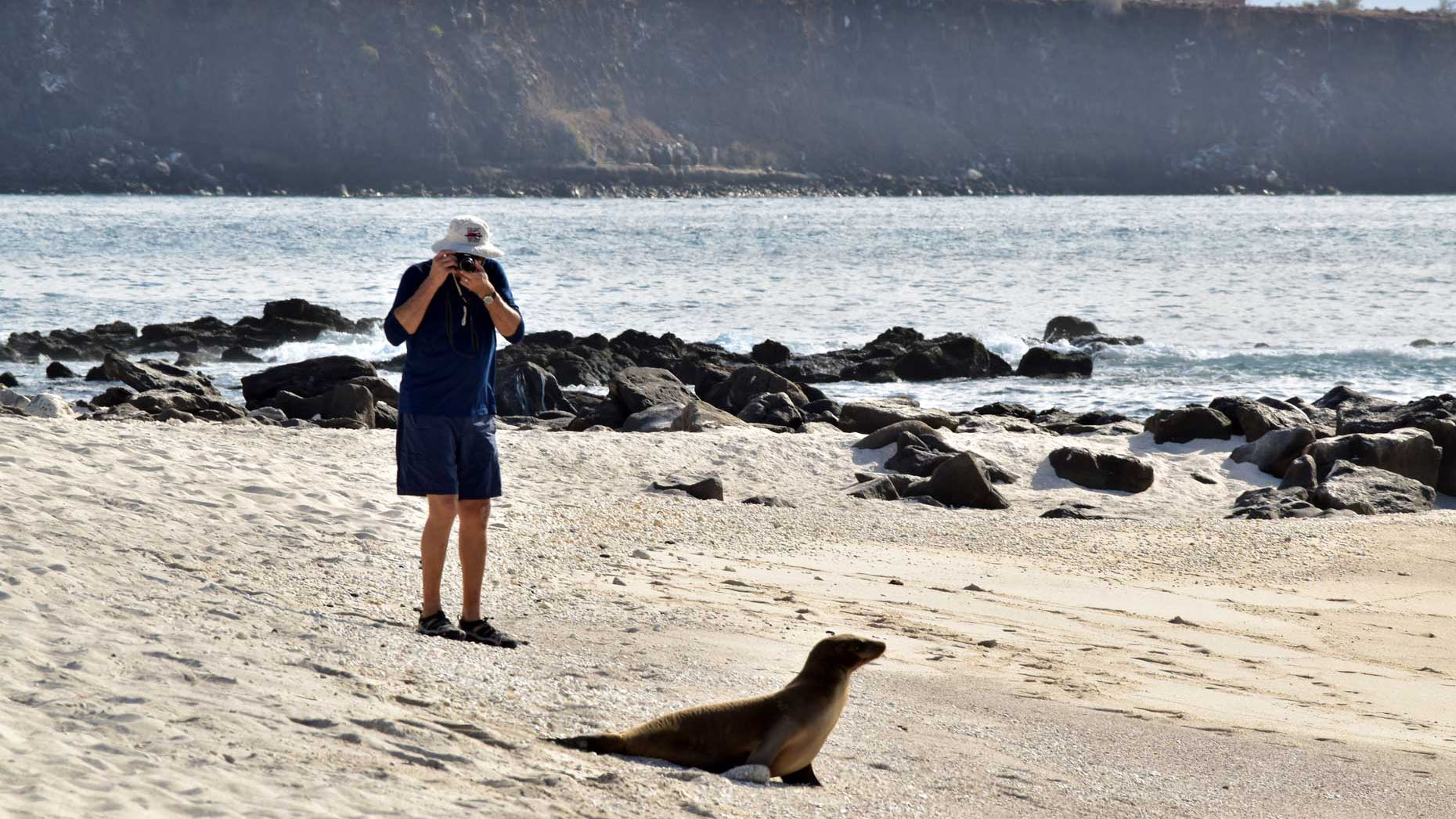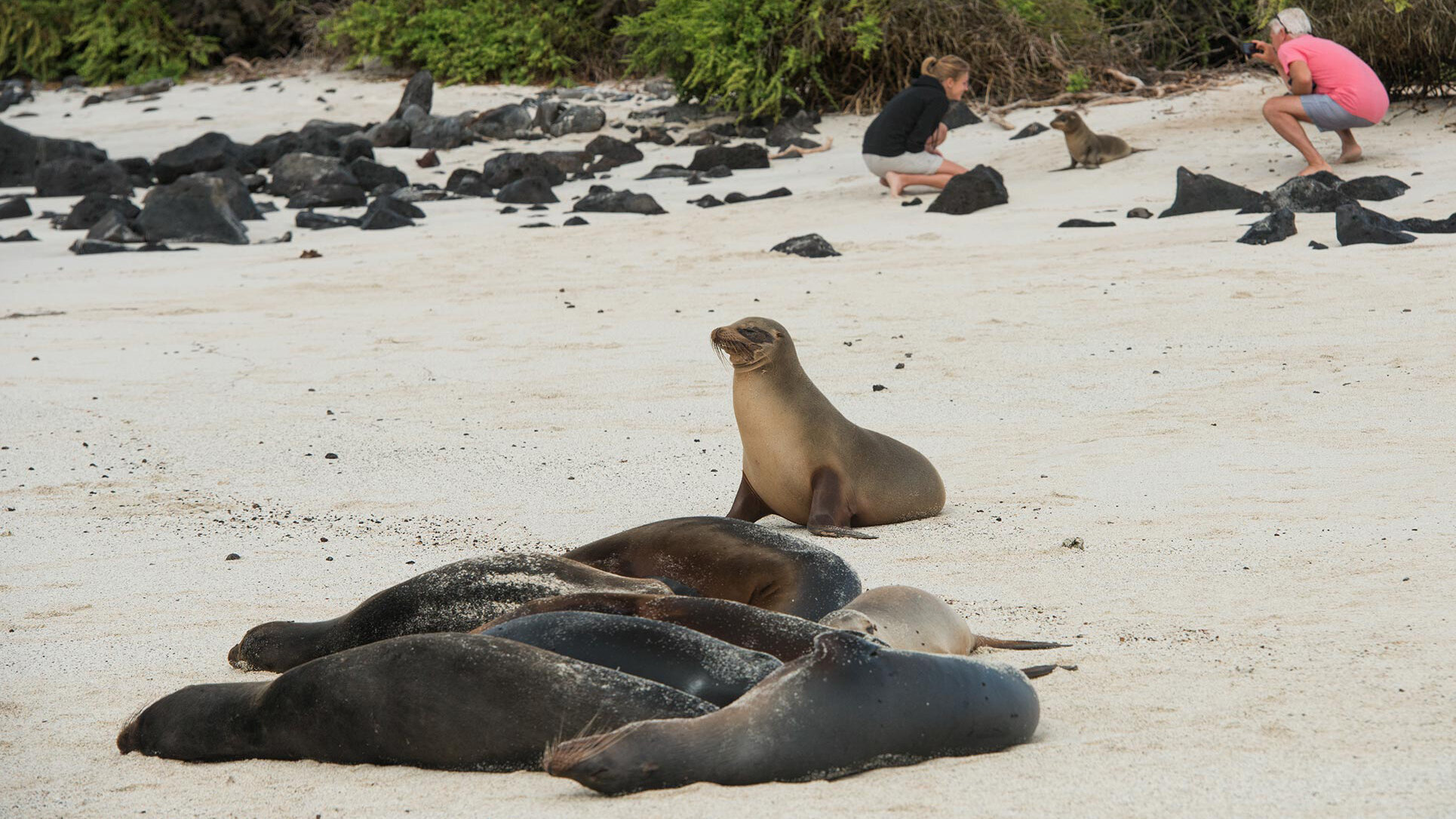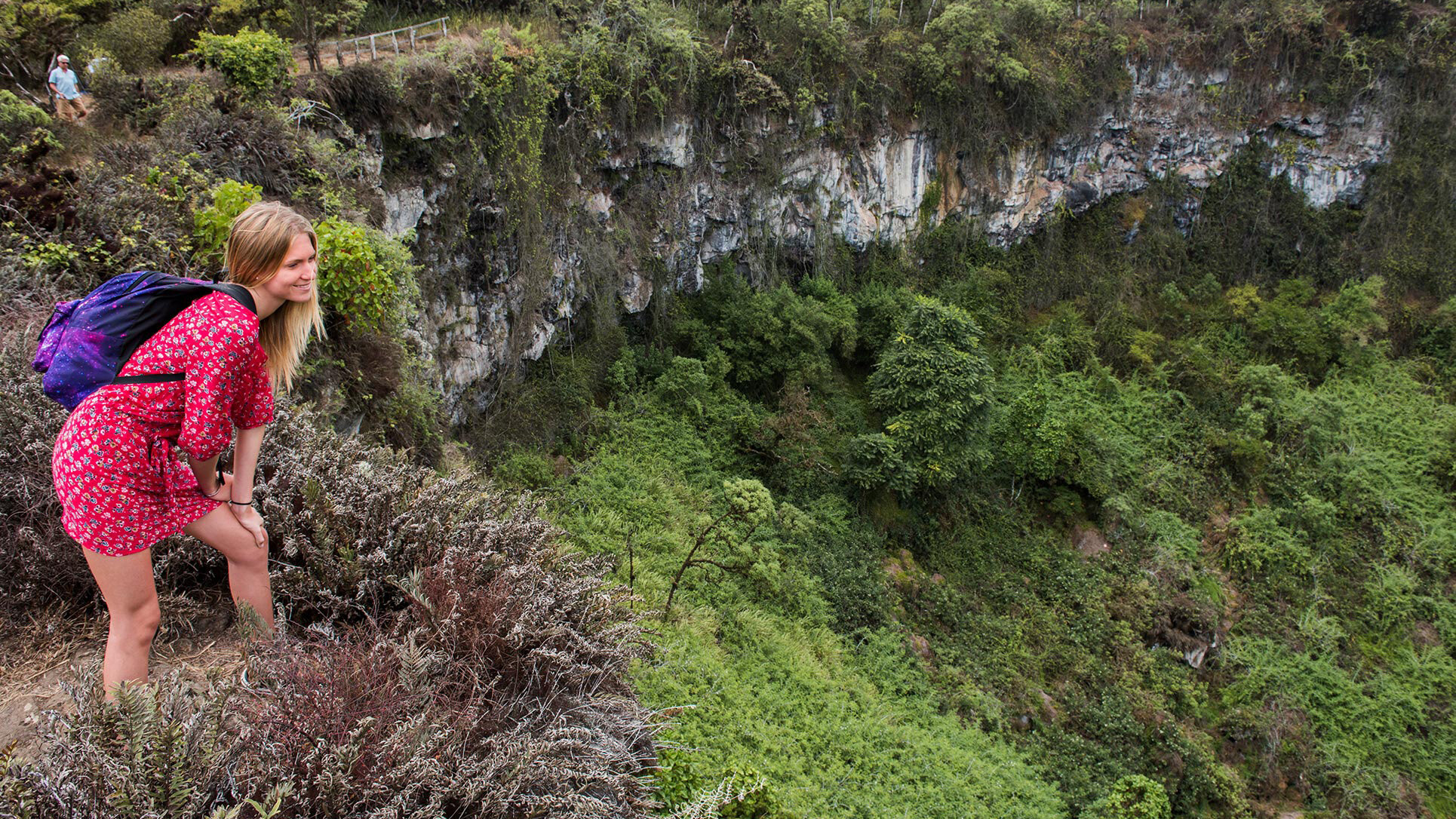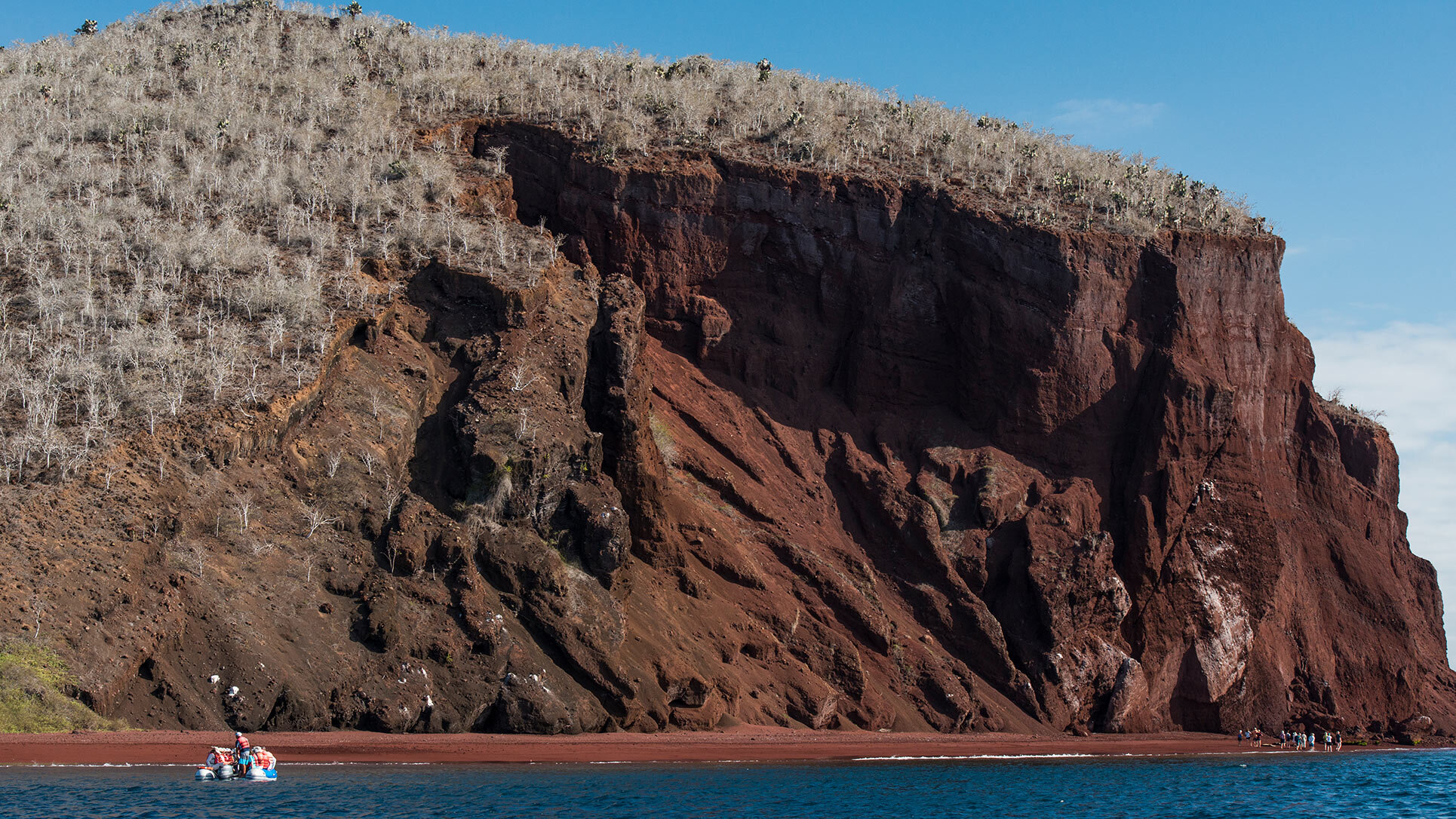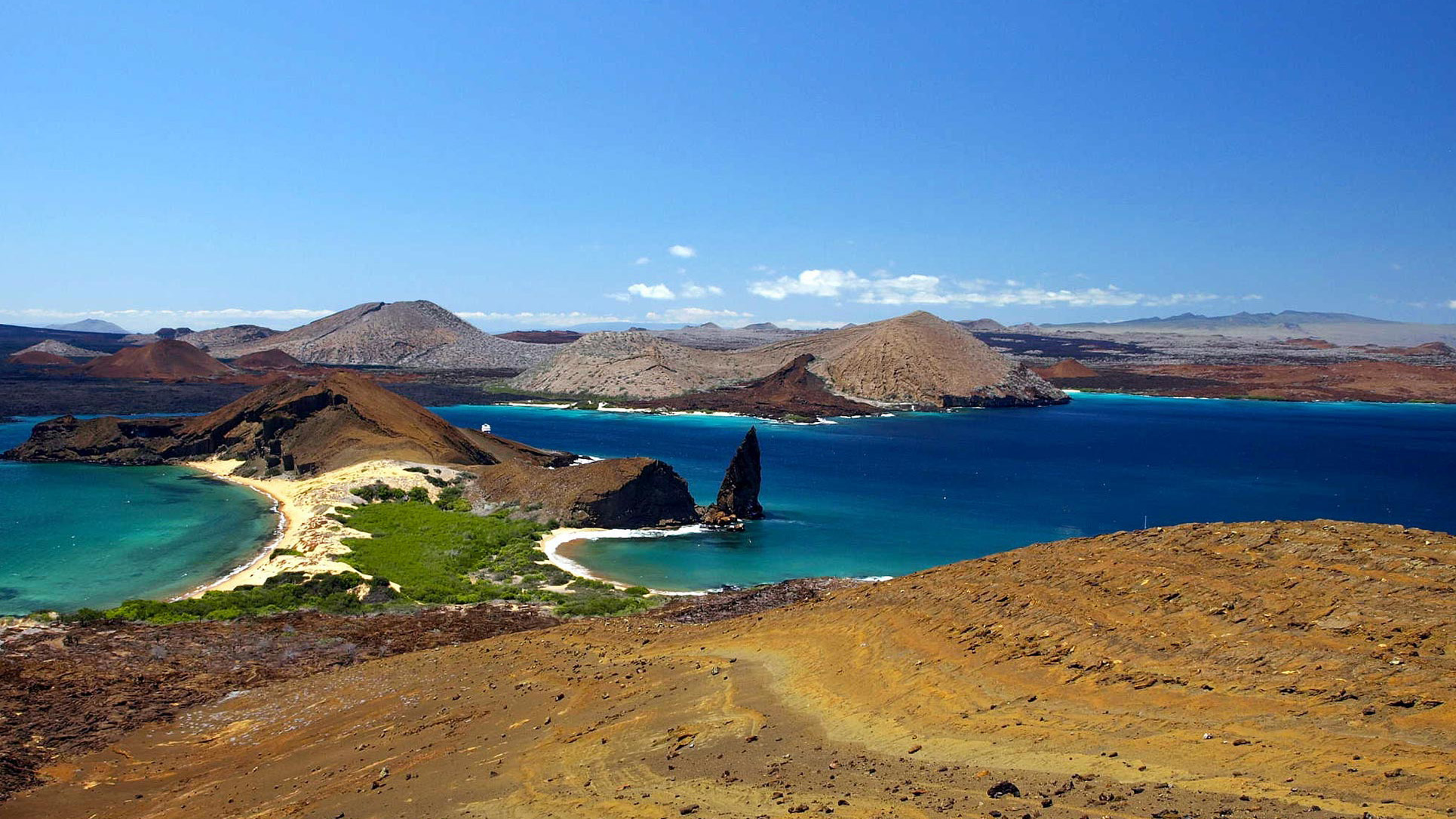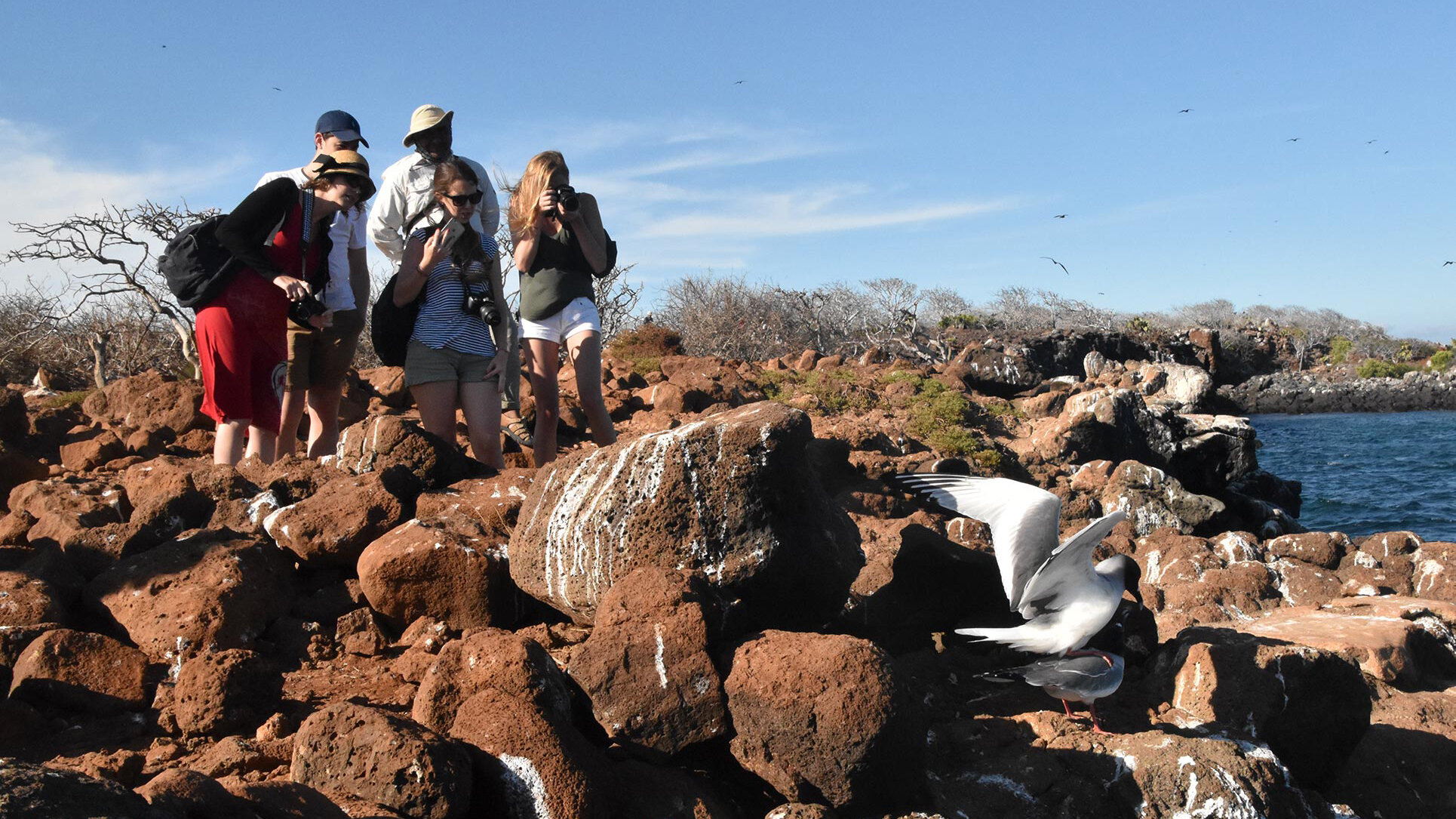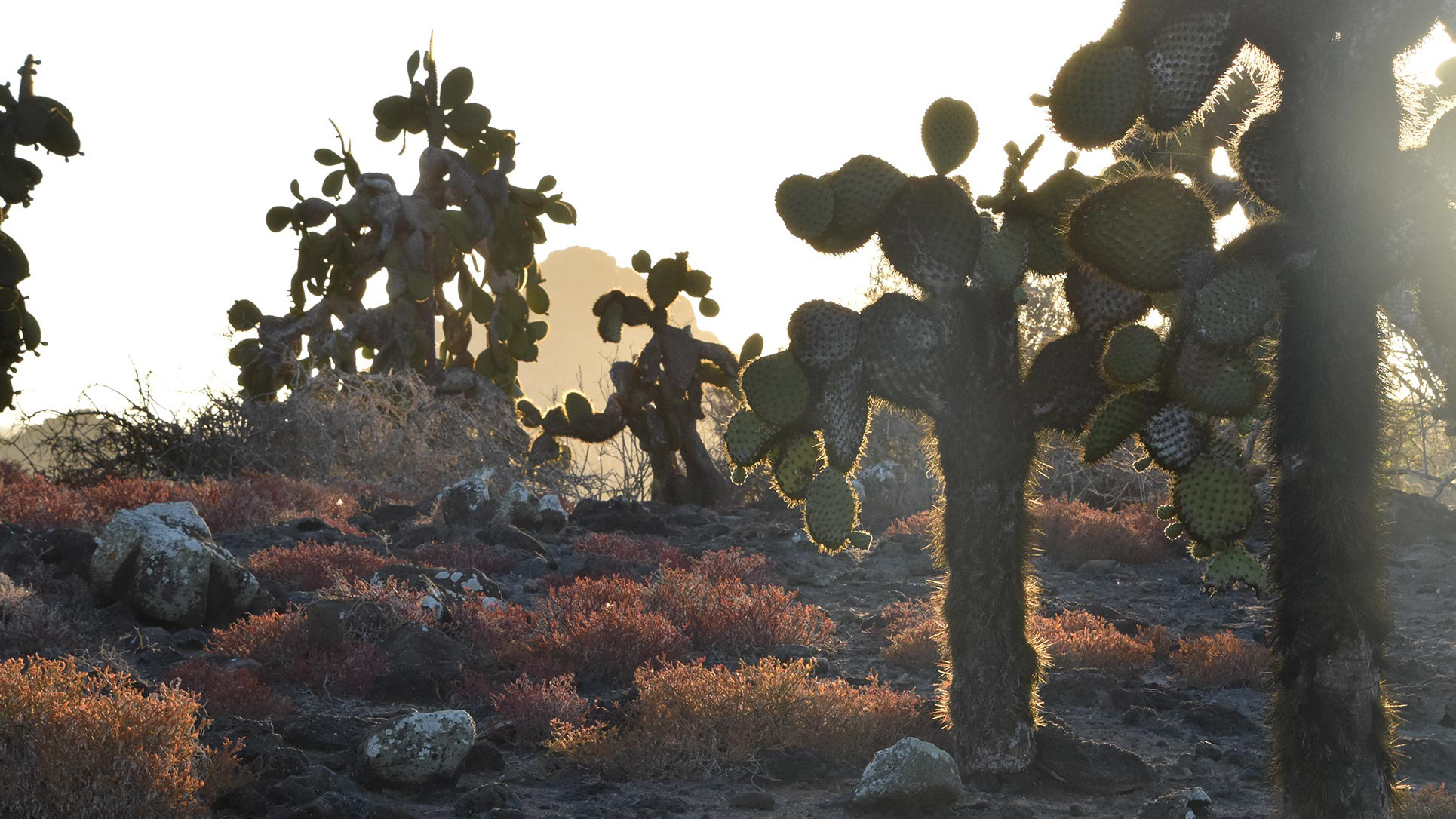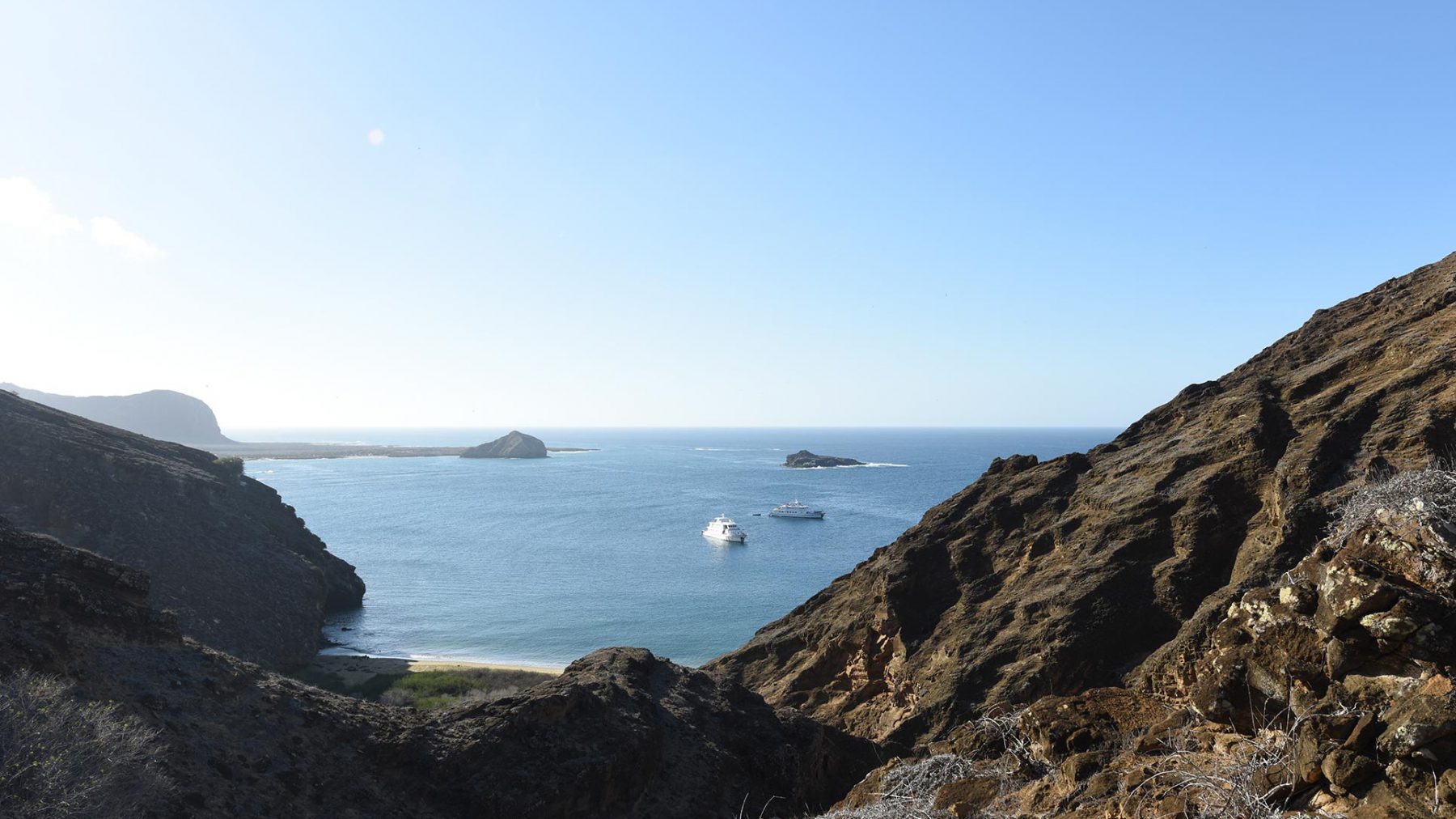
More about San Cristobal
One of the oldest and closest to the continent, located on the east of the archipelago, which means it is the farthest of the hot spot of all, about 200 kilometers away from it with no volcanic activity. It is formed by four volcanoes bonded together and is the most humid island due to underground aquifers and fresh water flows. The English named it Chatam because of the British Prime Minister William Pitt of Chatam. It holds the biggest fresh water lake of the archipelago called El Junco, located on the south center part of the island about 660m above sea level. San Cristobal is one of the two only places where the Red Footed Booby can be found in a nesting colony in Punta Pitt visiting site.
This island is the capital of the archipelago, Puerto Baquerizo Moreno, with a population of about 7 thousand people. Human development started on the early 1832, firstly on the highlands on a sugar production settlement. An Interpretation Center was developed in town, where visitors can learn about the biological and historic facts that conform the islands.
Charles Darwin Journey on San Cristobal. This is the first Island visited by Charles Darwin, and his first impression of the dry coast he saw was of a deserted and isolated place. He did not find the tropical richness he expected, but he had the chance to collect the first specie that later on would be the start of his Theory of Evolution, the San Cristobal Mockingbird.
Punta Pitt visitor site is one of the two only places where the Red Footed Booby can be found in a nesting colony and offers an amazing red landscape full of Sesuvium, a very special endemic plant specie that turns color depending on the season. It has a magnificent beach formed with Peridot, a sparkly mineral creation that shines green with sunlight.
Cerro Brujo visitor site is the only place in the archipelago where Red Footed Boobies, Nasca Boobies and Blue Footed Boobies are found nesting together.
Tijeretas visitor site is the very first point that Charles Darwin visited on his journey. Not far from the interpretation center, there is a calm water rocky bay, a magnificent snorkel area and view site for nesting Frigate Birds, animal from which the place takes its name, Tijeretas.
Cerro Colorado visitor site on the southwest side of the island holds the facility of the Tortoise breeding Center, an semi natural area built for the purpose of rebuilding the tortoise population of the island and their conservation.
Location Map:
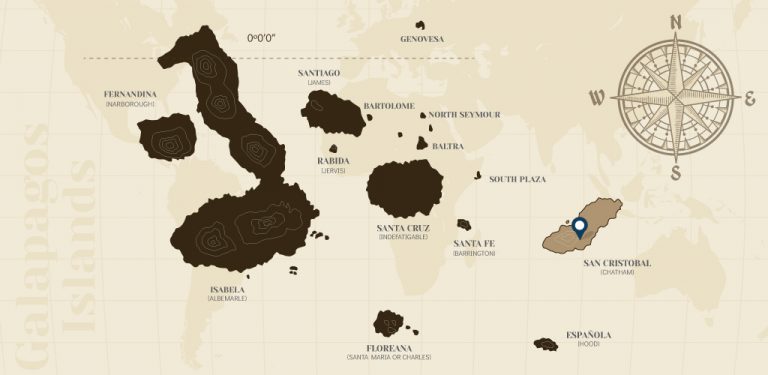
Recent Posts
San Cristobal Island Visitors Sites
The Interpretation Center is an excellent place to learn about Natural History in the Galapagos and to learn about the San Cristobal History too. The Museum of Natural History displays information on the volcanic origins of the islands, their remoteness from the continent, ocean currents, climate, the arrival of the different species and their colonization, among other points of interest. Human history is also showcased, chronologically narrated by the most significant events related to the discovery and colonization of the islands.
Tijeretas Hill: It is called Tijeretas because this is the name commonly known for the frigates birds, it involves a high-intensity walk amidst beautiful landscapes and a magnificent view at the foot of a frigatebird nesting colony.
- Disembarking:
- Type of Terrain:
- Physical Conditions Required:
- Activities: 1-hour hike
- Highlights: Interpretation Center: Learn about the history of the islands, spot the San Cristobal mockingbird. Tijeretas Hill: It is one of the few places where you can watch the two species of frigate birds nesting in the same colony.
Suggested Items:
Located in the San Cristobal highlands, La Galapaguera is one of the Park’s breeding centers for giant Galapagos tortoises. In contrast with other such facilities, this recovering center maintains semi–natural conditions by which young tortoises can hatch without the aid of incubators. Despite there being incubators for their safety, since the first hatching of baby Genesis in 2005, the devices have never been used. Just like other breeding centers, its purpose is to increase the survival rate of new hatchlings in the wild. They are kept at the center for the first few years of life because this is when they are particularly vulnerable to introduced predators.
This is the only site where we can see the giant tortoises of San Cristobal (Geochelone chathamensis) in semi-captivity in a re-introduction project. Our bus trip will take us into the humid zone of the island, dominated by guava and blackberry, the most aggressive of the introduced plants in the archipelago. The populations of both species have expanded over large territories to the extent that their proliferation is out of control and eradication has become impossible
The reserve is comprised of a 6-hectare area its boutiques selling uniquely designed handicrafts, enclosed by a stone wall to ensure the captivity of the tortoises. The area was chosen for the Galapaguera Center as the most suitable, because its plant-life and microclimate closely resembles their natural habitat found in another areas of the same island.
- Disembarking:
- Type of Terrain:
- Physical Conditions Required:
- Activities: 40-minute bus ride round-trip / 1-hour visit
- Highlights: Enjoy a beautiful landscape on the way to the Reserve; find giant tortoises, Miconia Zone. Visit the town for great shopping opportunities at jewelry, ceramics, T-shirts, souvenirs, or use this time to try food, beer or ice cream with the locals
Suggested Items:
It’s located on the northern coast of San Cristobal. Cerro Brujo is an eroding tuff cone that at several locations is composed of AA lava formations. It is a beautiful white sand beach, with an impressive volcanic landscape. Great for snorkeling and sunbathing.
We visit a lagoon where migratory bird species can be seen: black-necked stilts, Ruddy turnstones, whimbrels, other sandpiper species and white- cheeked pintails. Cerro Brujo offers beautiful views of Kicker Rock, the southern part of San Cristobal and the adjacent coast.
- Disembarking:
- Type of Terrain:
- Physical Conditions Required:
- Activities: 30 min dinghy ride / 1 hour hike / 1 hour beach snorkeling
- Highlights: Beautiful rock formations, Ruddy turnstones, lava gulls, sea lions, beautiful white sand beach.
Suggested Items:
Punta Pitt is located at the east end of San Cristobal Island. The trail includes an olivine beach of 295 ft (90 m) long and a path that climbs to the top of a volcanic tuff, through several magnificent viewpoints.
This is probably the only site where the three booby species of the Galapagos can be seen together, as well as two species of frigate birds and a sea lion colony; it is also excellent for dinghy rides and snorkeling, where a good range of seabirds can be observed such as the blue-footed booby, red-footed booby and the Nazca bobby.
- Disembarking:
- Type of Terrain:
- Physical Conditions Required:
- Activities: 2 hour hike / 1 hour beach snorkeling or leisure time
- Highlights: Excellent viewpoint, three types of boobies and two of frigates.
Suggested Items:
